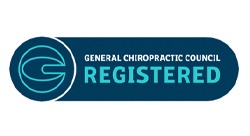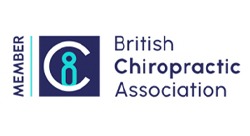Visiting a medical professional can often be a chore, or something a lot of people dread days in advance. A lot of treatments and technology can seem scary and dated, and it’s especially daunting if you’re not familiar with the process, or what is being done.
However, for chiropractic care, technology is making treatments easier, quicker, and more accurate. This gives patients a better overall experience.
What technology are chiropractic treatments using?
For decades, chiropractors have performed spinal manipulation manually. They rely on touch, sensation and years of practise to bring positive results to their patients. With the introduction of exciting technology though, such as SpineTech Therapy, diagnosis can be quicker and more accurate, and results may be seen faster.
SpineTech Therapy has various sensors that scan and assess the alignment of the patient. The main sensor is called the Piezoelectric Sensor and it detects the motion of the spine and how the joins move together well (or in many cases, not well).
For a chiropractor, it does the ‘feeling’ for them, and can deliver a more accurate reading. It can show where the spine is fixated, if there is anywhere the spine is stuck. It can also detect if there’s any degeneration, and which joints require assistance and further examination.
Another technology advancement for chiropractors is called the INSiGHT Scanning Technology – which can help a chiropractor understand exactly what’s wrong in their patient’s spine. An incorrect diagnosis (at any stage of treatment) can often worsen the outcome – so it’s crucial to get everything right from the beginning. This piece of technology allows chiropractors to diagnose the underlying problem more accurately.
An evolution of chiropractic technology
For many people in the industry, new technological advancements like these will mean visiting the chiropractor is easier, simpler and the level or assessment is higher too. It means that those experiencing neck pain or back pain can now seek safer and more detailed treatments and mean that manual therapies and spinal adjustments are not always needed.
It’s an evolution in technology that will change the way the industry works, and how patients are seen and treated.


